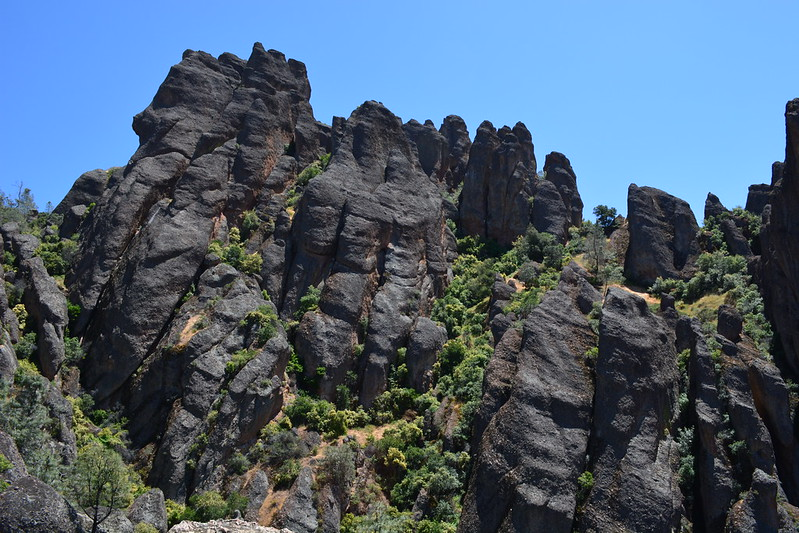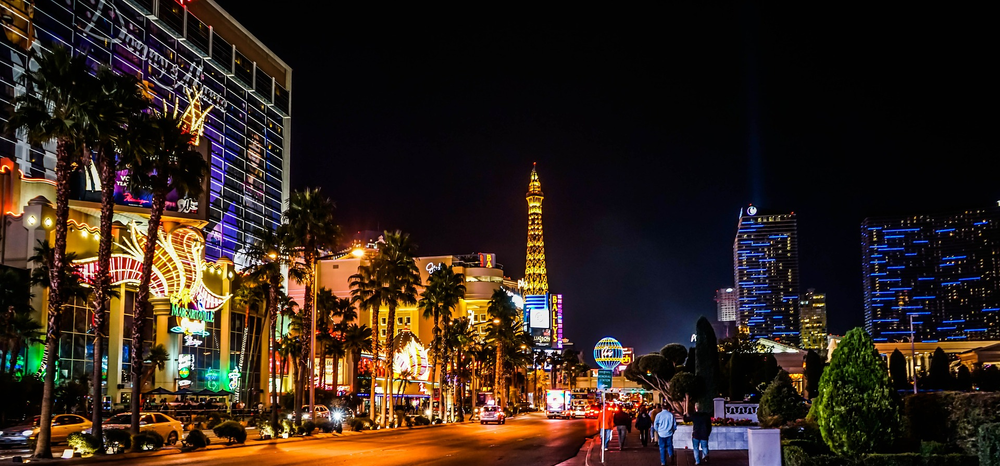Pinnacles National Park is a fabulous destination filled with some of the most unique and iconic rock formations and landscapes in the United States. However, with its relatively remote location, it is often a destination that is overlooked.
That’s why we want to take you on a virtual tour of the park. We will tell you a little bit more about the history and landscape of the park, fill you in on all of the need to know information, and show you some of the best sites and attractions the park has to offer.
That way, you will have everything you need to plan the perfect itinerary when you explore Pinnacles National Park for yourself.
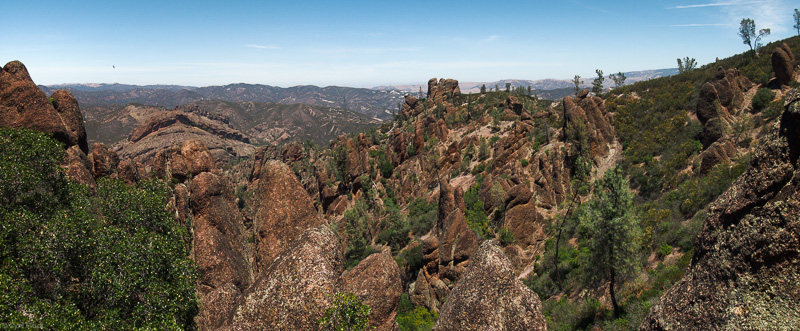
Facts & Figures About Pinnacles National Park
At 26,685.73 acres, Pinnacles National Park is the 8th smallest national park in the United States, while its 166,000 annual visitors make it the 7th least visited in the contiguous U.S., as well as the 16th least visited in the country as a whole.
Designated as a United States National Monument by President Theodore Roosevelt in 1908, it was converted into a national park in 2013 by President Barack Obama. This makes it both one of the oldest national monuments and newest national parks in the country.
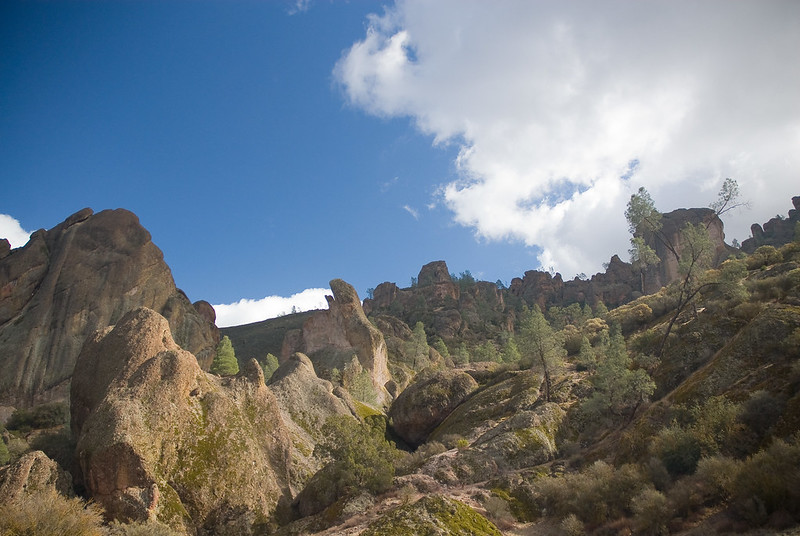
The Wildlife & Landscape Of Pinnacles National Park
Pinnacles National Park is located in central California and features a rugged, volcanic landscape.
Its iconic pinnacles are formed from the remnants of an extinct volcano, while many of the other rock formations throughout the park were created by its previous explosions.
Besides the towering cliffs, massive boulders, and rock faces, Pinnacles features huge sections of deserts and wilderness areas. Many of these are filled with vibrant collections of wildflowers of varying species, while a number of caves and reservoirs are also present.
The wildlife of the park consists primarily of birds, with more than 180 species living within Pinnacles, including the iconic California condor and prairie falcons.
However, in addition to the birds, you will also find animals including black-tailed deer, bobcats, cougars, coyotes, grey foxes, racoons, skunks, throughout the Pinnacles National Park, as well as a rare species of bats that inhabit the caves.
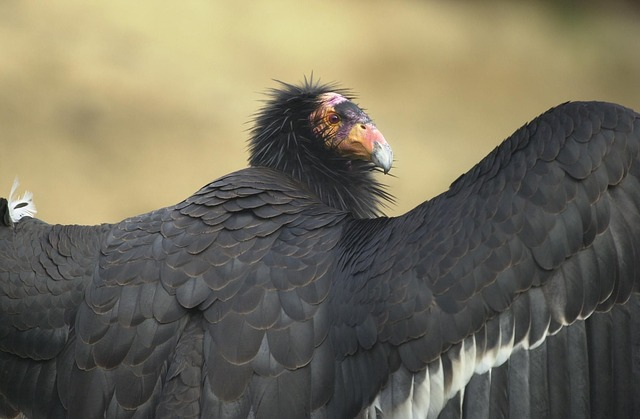
Top Attractions In Pinnacles National Park
Now that you know a little bit more about Pinnacles National Park and what to expect when you arrive, let’s take a closer look at some of the best attractions you will have on offer.
Unlike many of the other national parks in the country, Pinnacles doesn’t have any legendary sites or regions you can spend hours exploring.
Instead, we will look at some of the most popular activities people visit the park to enjoy and show you some of the best spots to partake in them yourself.
Caves
Pinnacles National Park has some wonderful talus caves just waiting to be explored.
While most aren’t the deep, sprawling complexes found in certain other national parks throughout the United States, the fascinating formations are unique, filled with wildlife, and are perfect even for less experienced cavers to explore.
Balconies Cave & The Balconies Trail
Balconies Cave is created by massive boulders, dislodged by historic volcanic eruptions, which have fallen and created caves that differ from the sort most people will have explored.
The Balconies Trail, meanwhile, runs through the cave and surrounding areas, and is filled with beautiful scenery and wildlife.
Half of the cave is relatively well lit, with the trail running in and out of it, giving you the perfect opportunity to study its unique formation. The other half is considerably deeper and darker, making it much more challenging to explore, yet more exciting for experienced cavers.
The contrast on offer in Balconies Cave makes it a perfect choice for cavers of all ability and experience levels.
Bear Gulch Cave
Bear Gulch Cave is split into two sections, known as upper and lower. It is a highly popular, yet heavily protected area, due to the population of rare Townsend’s big-eared bats that live there.
The lower section makes up the bulk of Bear Gulch Cave. Despite being classified as a cave, it acts more like a tunnel, as you can pass through from one side to the other.
It is open almost year round, with the exception of mid-May to mid-July, when it is closed off to allow the bats to safely raise their young.
Conversely, the upper section is closed off for most of the year. A much smaller section, this is where the bats primarily reside and hibernate.
It is usually open for a few weeks in late March and late October, making these the ideal times to visit if you want to explore the entire cave.
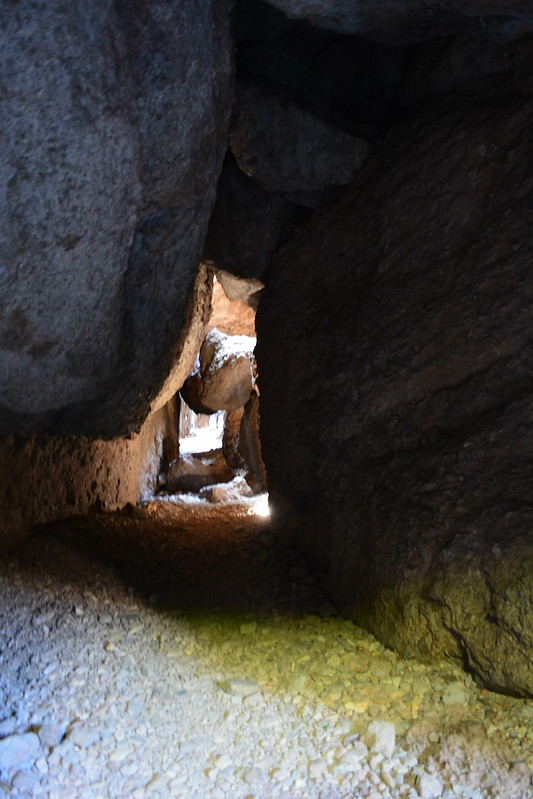
Hiking Trails
The hiking trails are easily the most popular attractions to be found throughout Pinnacles National Park.
Although many of the larger formations and the landscape as a whole can be seen from a vehicle, the trails give visitors the opportunity to truly immerse themselves in the nature and wildlife of the park, while gaining access to some of the stunning destinations that can’t be seen from the road.
Blue Oak Trail
The Blue Oak Trail is a 6.9 mile (11.1 kilometre) trail that is one of the most popular hiking routes in the entire park and is open all year round.
A simple trail that is suitable for all ability levels, it winds past a beautiful lake, is filled with activity opportunities like birdwatching, fishing, and nature spotting, while offering views of some of the most iconic landscapes in Pinnacles.
Condor Gulch Trail
Condor Gulch Trail is a steep 1.7 mile (2.7 kilometre) trail that runs from Bear Gulch along the edge of Condor Gulch. It is the ideal choice for nature fans and birdwatchers, as it is a known site of the elusive California condor.
Besides its iconic wildlife, the trail, while short, still boasts plenty to see. The trail itself is surrounded by a collection of vibrant wildflowers, while formations such as Nebulous Knob, Popcorn Pinnacle, The Hippopotamus, and The Three Birds can all be seen along its route.
High Peaks Trail
High Peaks Trail is a 6.4 mile (10.3 kilometre) route that is one of the more challenging in the park, and best reserved for more experienced hikers and extremely fit individuals.
The trail is incredibly high, taking you across three of the park’s pinnacles, giving you an up close and personal view of its most dominant feature, as well as the chance to take in some of its most breathtaking vistas.
The trail is open all year round and does feature some handrails to help you in the more challenging sections. Meanwhile, its altitude means it is filled with beautiful wildflowers and some of the rarer animals and birds that call Pinnacles home.
Old Pinnacles Trail Loop
The Old Pinnacles Trail Loop is a moderately challenging 9.5 mile (15.3 kilometre) circular route that is perhaps the most popular in the entire park.
It runs past many of the park’s most iconic locations, through caves, up peaks, and interconnects with many of the other popular trails in Pinnacles.
Surrounded by beautiful wildflowers and wildlife, it is an ideal choice to get a flavour of everything Pinnacles National Park is about.
Juniper Canyon Trail
The Juniper Canyon Trail is a short, steep route than runs for 1.9 miles (3 kilometres) and connects the Balconies and High Peaks trails, while also being linked to a few more
Connector trails.
While the route is best used by those looking to turn the surrounding trails into a longer hike, it still offers plenty to see along its length.
Surrounded by various species of trees and plants, it provides views of many of the iconic pinnacles and rock formations in the surrounding area.
This includes the Crumbling Castle, Goat Rock, Monument, Palisade Pinnacle, Pyramid Pinnacle, Resurrection Wall, The Cone, Tombstone, and Trafalgar Tower.
Moses Spring Trail
At just half a mile (0.8 kilometres), the Moses Spring Trail is an incredibly easy route that, on its own, can’t even be considered a hike.
That said, with attractions like the Bear Gulch Cave and beautiful Bear Gulch Reservoir along its length, as well as formations like Teaching Rock and The Monolith visible from it, the Moses Spring Trail is a more than worthwhile walk that everyone should consider taking.
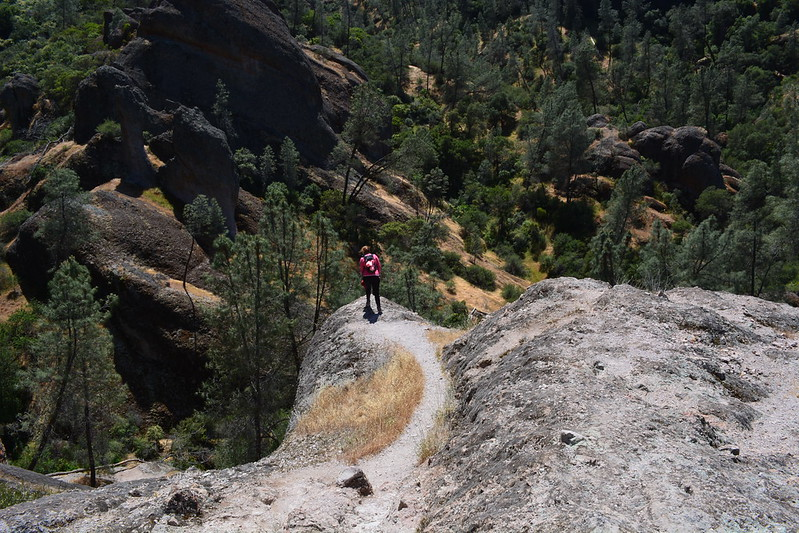
Climbing Spots
While the trails and caves are great for enjoying the landscape, nature, and wildlife of Pinnacles National Park, those looking for a more exhilarating experience will find plenty of fabulous climbing spots dotted throughout the park as well.
These will give you the opportunity to test your skills, get your blood pumping, and witness some of the most breathtaking, unobscured vistas Pinnacles has to offer.
Chockstone Dome
The Chockstone Dome is a large boulder near the entrance to Balconies Cave that stands a little over 50 feet (15 metres) tall. It is a popular climbing spot, with three different climbing routes, known as The Regular Route, Overboard, and Walk The Plank.
With a moderate difficulty, it provides an opportunity for less experienced climbers to test their skills, while more experienced climbers can scale it to enjoy the stunning views in the surrounding area.
Discovery Wall
With 37 different climbing routes, Discovery Wall is perhaps the most diverse climbing opportunity in Pinnacles National Park. Located in the east of the park, it is one of its major formations.
With routes suitable for people of all different abilities, it is the perfect opportunity to scale one of the park’s most iconic formations, whether you want a relaxing climb or a real challenge.
The First Sister
The First Sister is the first of the five slabs that stand near the Bear Gulch Reservoir known as The Five Sisters. A well climbed route, it poses just enough of a challenge to be achievable for most climbers, yet still being enjoyable for even more seasoned climbers.
Its 3 routes, known as Back Side, Center Route, and Left Route, let you see the Bear Gulch Reservoir from high above, while also bringing formations including Gertie’s Pinnacle, Tiburcio’s X, and The Frog, Hand, and Hatchet, as well as the Deserted and Neglected Valleys into view.
Those wanting to make it a longer trip can also enjoy the climbs on the other sisters, as all except Second Sister feature at least one climbing route.
Machete Ridge
Machete Ridge is perhaps the most popular climbing spot in Pinnacles National Park. Located opposite Balconies Cave, it features more than 25 different climbing routes, all of which range from easy to moderate difficulty.
Its most popular route, known as Old Original, allows you to traverse the entire ridge from south to north.
Anyone wanting to spend an entire day climbing, soaking in the landscape, and enjoying everything the park has to offer simply won’t find a better place to do so than Machete Ridge.
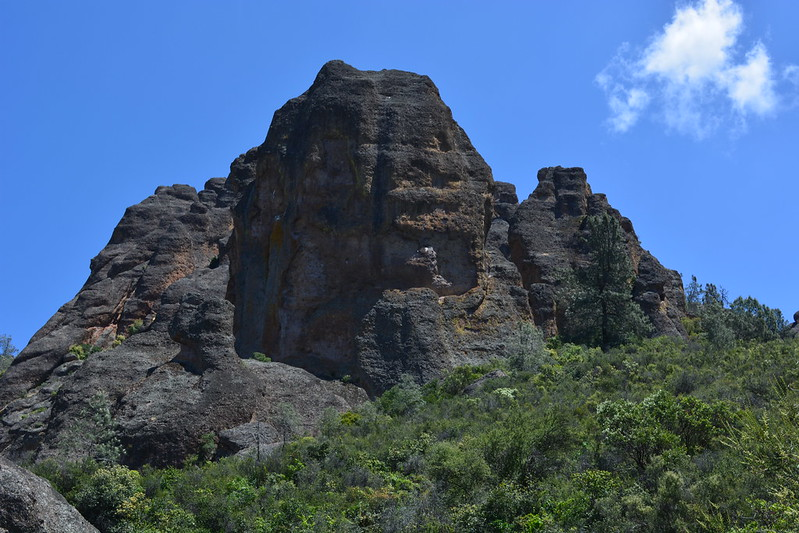
Things To See And Do Near Pinnacles National Park
While Pinnacles National Park is undoubtedly filled with beautiful locations to explore and activities to indulge in, that doesn’t mean it is the only thing in the area worth your time and attention.
With that in mind, we will now look at some of the best things to see and do near Pinnacles National Park, to fill out your travel itinerary and help you to make the most of your time in central California.
Visit The Iconic Mission In Carmel-By-The-Sea
The historic seaside town of Carmel-By-The-Sea is centred around and named after one of the oldest, most traditional Catholic missions in the U.S., the Mission San Carlos Borromeo De Carmelo.
Spanish colonists built the mission in 1770, yet it has stood the test of time and is incredibly well preserved. Listed on the National Register Of Historic Places and registered as a National Historic Landmark, it is the only mission in the state to still feature its original bell and tower.
Operating as both an active parish church and a museum, visitors have the opportunity to see artefacts, exhibits, and live services, where they can discover more about the history and culture of both the mission and its surrounding area.
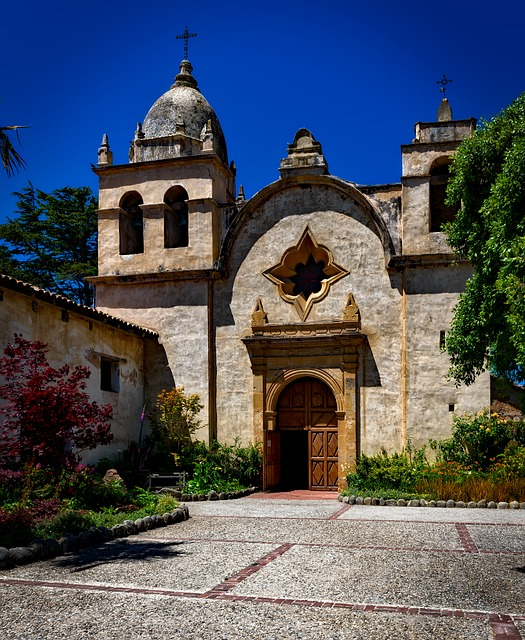
Explore Big Sur
Big Sur is a section of the California coast that is frequently regarded as the most scenic stretch in the continental United States.
Its landscape is filled with beautiful beaches, forests, and mountains, all filled with wildlife and offering some of the most stunning ocean vistas in the country.
An incredibly popular destination, its yearly visitors compare in number to those of the nearby Yosemite National Park. Among its most notable attractions are the eponymous town of Big Sur and the Pfeiffer Big Sur State Park.
In the town you will find a fabulous collection of shops, bars, restaurants, and attractions, that offers more variety than you will find anywhere else within 70 miles.
Meanwhile, the park boasts 1000 acres of hiking trails and campgrounds, where you can make the most of the landscape and wildlife.
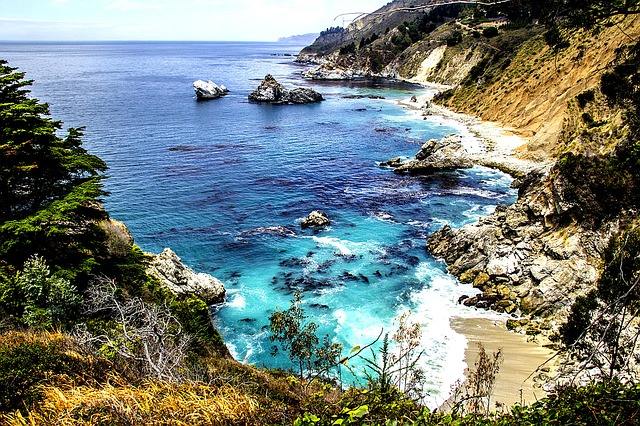
How To Get To Pinnacles National Park
The closest airports to Pinnacles National Park are Salinas Municipal Airport and Monterey Regional Airport, which are located 35 miles and 48 miles away respectively. These will take you between 45 minutes to an hour to drive to.
For those coming from further afield, you have San Jose International Airport 80 miles away, San Francisco International Airport 111 miles away, and Los Angeles International Airport 270 miles away.
You can reach the park in 90 minutes from San Jose International Airport, 2 hours from San Francisco International Airport, and 4 hours 45 minutes from Los Angeles International Airport.
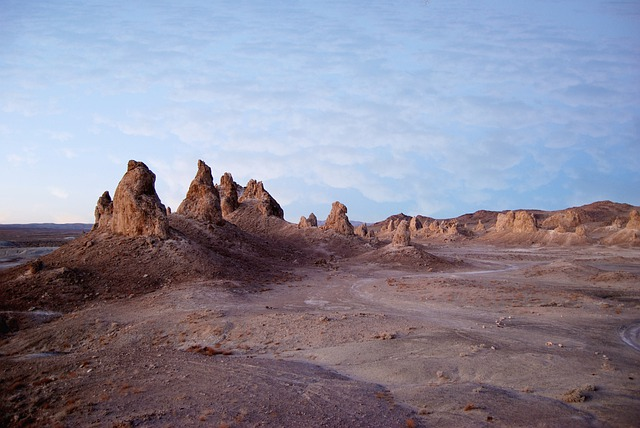
Best Place To Stay Near Pinnacles National Park – Ridgemark Golf Club And Resort
The Ridgemark Golf Club And Resort is a beautiful, stylish resort, located just a 30 minute drive from Pinnacles National Park.
All of the rooms are spacious and boast amenities including a flat screen cable TV, private bathroom, hairdryer, tea and coffee making facilities, and free toiletries. Meanwhile, some are pet friendly and offer large seating areas.
The property itself features both a bar and restaurant, as well as a golf course and tennis courts. All guests will also receive access to free Wi-Fi throughout the site and free parking.
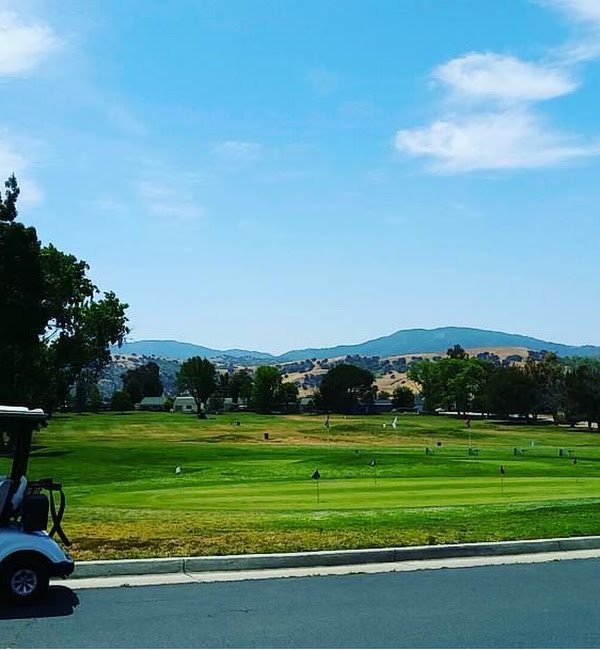
How Many Days To Spend In Pinnacles National Park
To fully explore Pinnacles National Park and the various regions it has to offer, 2 days will be the perfect amount of time for most people.
As there is no road going directly through the park, you will need to drive around it to reach all of its sections. Two days will give you the chance to spend a full day exploring each half of the park.
You will be able to explore its caves, take in its iconic features, and enjoying some of the lengthy hikes into its beautiful, wildlife rich landscapes, without ever having the chance to get bored.
However, for those a little more pressed for time, you can still fit a full experience of Pinnacles National Park into a single day if necessary.
You will still be able to see most of its more famous attractions, you will just need to stick to the shorter hikes that don’t go quite as deep into the park.

Best Time To Visit Pinnacles National Park
The best time to visit Pinnacles National Park will depend one what you are hoping to do in the park.
May to October are the months when the park experiences its warmest weather, so may be a good choice for those hoping to casually explore the park.
However, it does run the risk of you having issues caused by wildfire season, which peaks in California between mid-August and late October.
People visiting primarily for climbing may want to avoid the months of July and August, as these are when temperatures spike in the park, which isn’t ideal for scaling the various formations.
From mid-May to mid-July some of the caves will also be closed, due to the breeding cycle of the resident bats, so this period should be avoided by anyone desperately hoping to explore the deepest, darkest sections of the park.
Using this information, you will hopefully be able to determine the best time for you personally to visit Pinnacles National Park, based on the intent of your trip, to provide you with the most enjoyable experience possible..
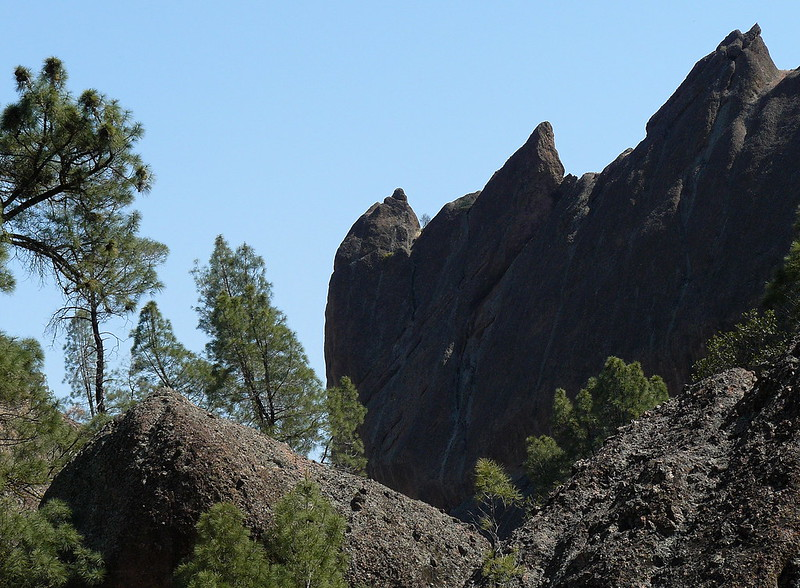
Conclusion
That concludes our virtual tour of Pinnacles National Park. You will hopefully now have a much better idea of what awaits you when you arrive in this natural gem of central California and have plenty of options with which to fill out your dream travel itinerary.
That means now you just need to work out when to visit and how long to stay. As soon as you’ve done that, you can start getting things booked and get ready to experience it all in person for yourself.
